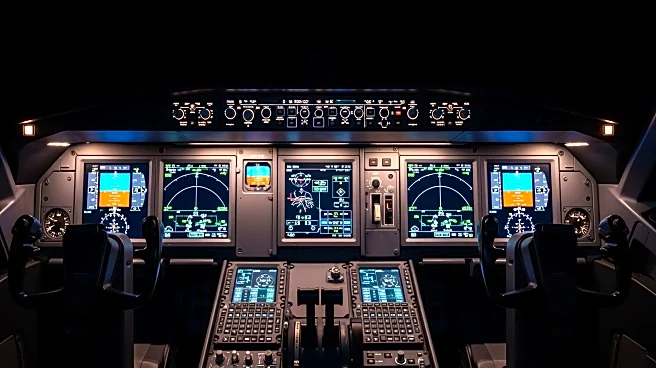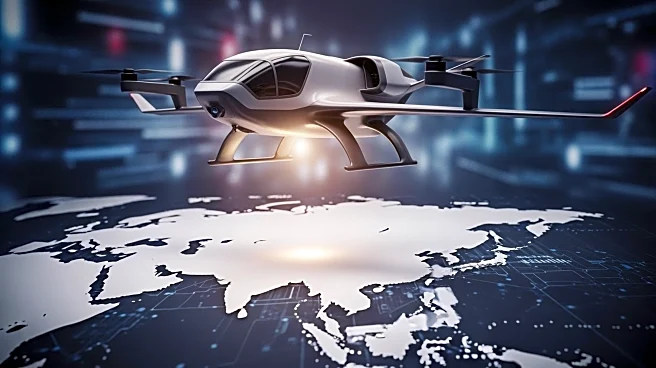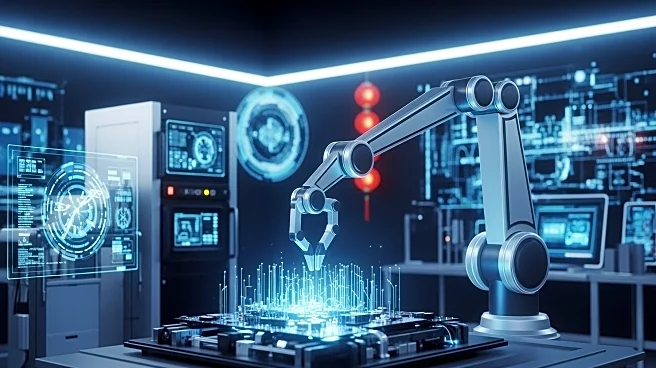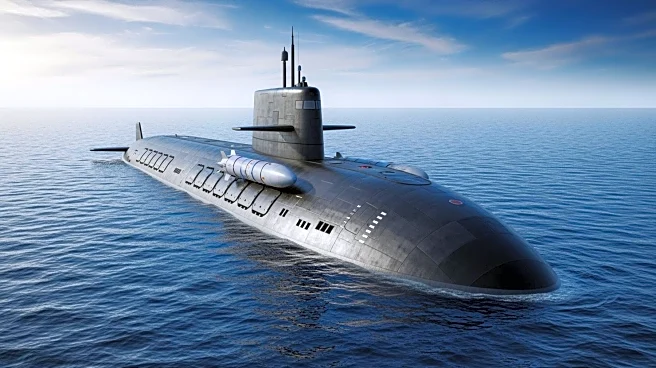What's Happening?
A recent episode of the Aviation Week podcast delved into the evolving role of software in aircraft development, highlighting a unique Korean-built aircraft. The discussion centered around the integration
of software into aircraft hardware, which has enabled capabilities previously deemed impossible. The podcast featured insights from Steve Trimble, who reported from South Korea on the KF-21 program, and Tony Osborne, who discussed various European fighter developments. The conversation also touched on the challenges faced by Korea Aerospace Industries (KAI) due to a leadership vacuum and the potential for foreign investment in their projects.
Why It's Important?
The integration of software into aircraft systems represents a significant shift in aviation technology, offering enhanced performance and new capabilities. This development is crucial for the defense industry, as it allows for more sophisticated and adaptable aircraft. The discussion also highlights the strategic importance of leadership and investment in maintaining competitive aerospace programs. The potential for foreign investment in KAI's projects could influence global defense markets and partnerships, impacting the U.S. and its allies' defense strategies.
What's Next?
KAI is seeking foreign investment to fund the development of advanced features for the KF-21, such as an internal weapons bay. The resolution of KAI's leadership issues is critical for securing these investments and advancing their aerospace projects. Additionally, the podcast suggests that the next few years will be pivotal for the KF-21 program as it enters service and seeks to establish a foothold in the export market. The outcome of these developments could shape the future of South Korea's aerospace industry and its role in the global defense market.
Beyond the Headlines
The podcast underscores the broader implications of software integration in aviation, which could lead to a reevaluation of traditional aircraft design and operation. This shift may prompt ethical and regulatory considerations regarding the autonomy of aircraft systems. Furthermore, the leadership challenges at KAI highlight the intersection of politics and industry, emphasizing the need for stable governance to support technological advancement and international collaboration.













